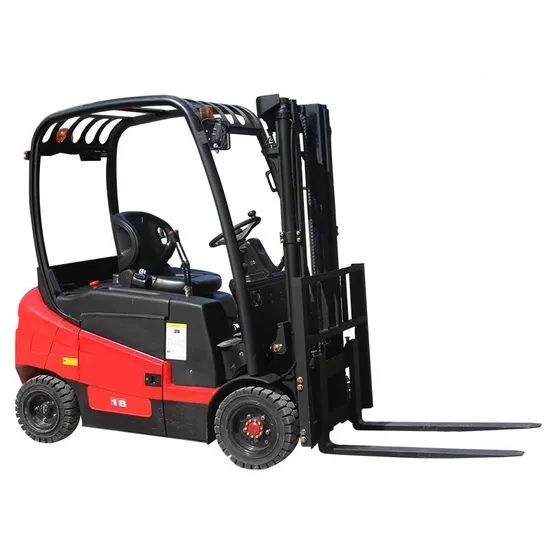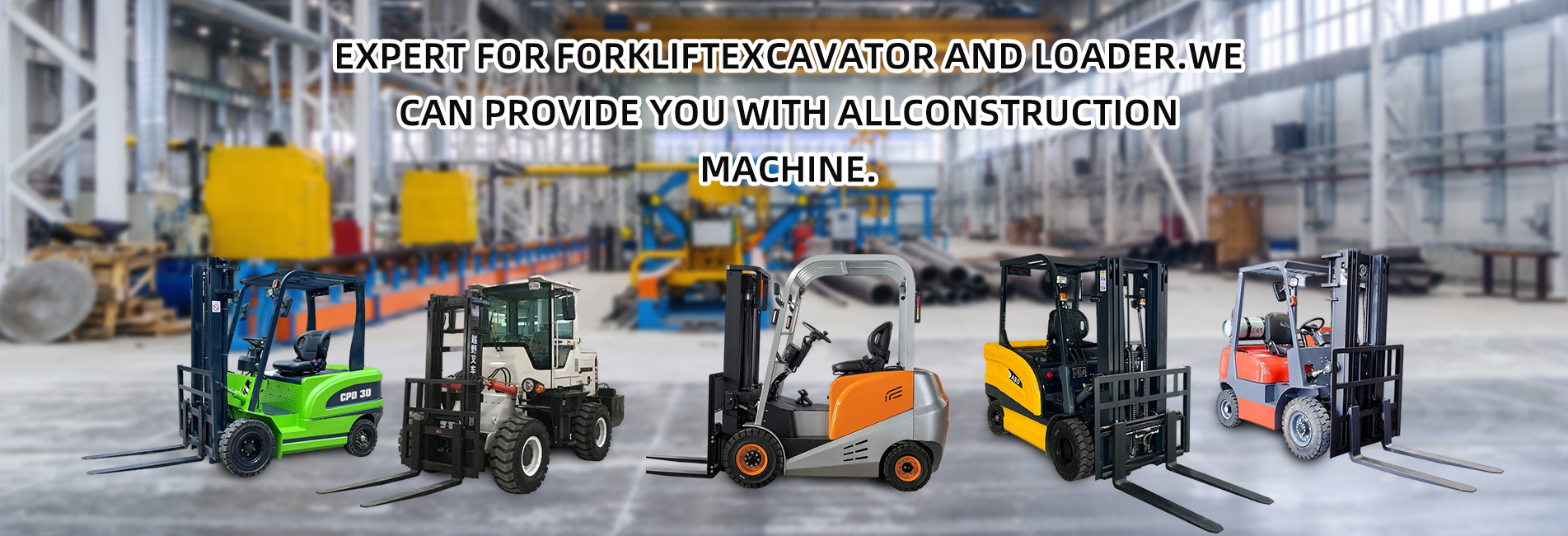In the selection of small-tonnage forklifts (usually referring to those of 3 tons and below), determining whether electric forklifts are more cost-effective requires a comprehensive analysis from multiple dimensions, including purchase cost, operating cost, maintenance cost, life cycle, and usage scenarios. Generally speaking, electric forklifts have better long-term economic efficiency in most indoor scenarios or frequent short-distance operations, but the specific judgment needs to be combined with actual needs.

- Electric forklifts: Due to the inclusion of components such as batteries (lead-acid or lithium-ion), motors, and controllers, their price for the same tonnage is usually 30%-50% higher than that of internal combustion forklifts. For example, a 3-ton electric forklift costs about 100,000-150,000 yuan, while a comparable internal combustion forklift (diesel/gasoline) costs about 60,000-100,000 yuan.
- Internal combustion forklifts: Their structure is relatively simple, and technologies such as engines and gearboxes are mature, resulting in lower initial purchase costs.
- Energy Costs:
- Electric forklifts: The electricity cost is extremely low. Taking a 3-ton forklift as an example, a full charge (about 50 kWh) can support 8-10 hours of work, and the electricity fee is only about 25-50 yuan (calculated at 1 yuan per kWh).
- Internal combustion forklifts: They have high diesel/gasoline consumption, with a fuel consumption of about 3-5 liters per hour. Based on diesel at 8 yuan per liter, the hourly cost is 24-40 yuan, and the daily (8-hour) cost is about 192-320 yuan, which is 4-6 times that of electric forklifts.
- Maintenance Costs:
- Electric forklifts: Components such as motors and controllers have a simple structure, without complex engines or gearboxes, so there are fewer maintenance items (mainly battery maintenance, tires, brakes, etc.), with an annual maintenance cost of about 2,000-5,000 yuan.
- Internal combustion forklifts: They require regular replacement of engine oil, filters, spark plugs, etc. The engine needs frequent maintenance, with an annual maintenance cost of about 5,000-10,000 yuan, and the failure rate will increase with the increase of service life.
Calculated based on a 5-year service cycle:
- Electric forklifts: Although the initial investment is 30,000-50,000 yuan more, the 5-year energy + maintenance costs can be saved by about 100,000-150,000 yuan (calculated based on 8 hours of operation per day and 250 working days per year), resulting in a net saving of 70,000-100,000 yuan.
- Internal combustion forklifts: The initial cost is low, but the long-term energy and maintenance expenses are high, leading to higher total costs.
- Indoor scenarios (such as warehouses, workshops): Electric forklifts have no exhaust emissions and low noise (about 60-70 decibels), meeting environmental protection and occupational health requirements, and avoiding pollution of goods (such as food, medicine) by exhaust from internal combustion forklifts. In this case, electric forklifts are a rigid demand and have irreplaceability beyond "saving money".
- Outdoor scenarios (such as construction sites, open storage yards): If the operating environment has a lot of dust, large slopes, or requires long-term continuous operation (exceeding battery life), internal combustion forklifts have stronger adaptability (fast refueling, resistant to harsh environments). At this time, electric forklifts may be uneconomical due to battery life or maintenance issues.
- Frequent short-distance operations (such as warehouse loading/unloading, turnover): Electric forklifts have sufficient battery life, and when starting and stopping frequently, the motor efficiency is higher than that of internal combustion engines, resulting in more electricity savings.
- High-intensity continuous operations (such as 24-hour non-stop operation): If electric forklifts need frequent battery replacement or charging, it may affect efficiency, and internal combustion forklifts (with fast refueling) are more suitable at this time.
- Lead-acid batteries: They have lower costs but are heavy and have a short service life (about 1,000-1,500 cycles, needing replacement in 2-3 years), with a replacement cost of about 20,000-30,000 yuan.
- Lithium-ion batteries: They have higher costs (more than 50% more expensive than lead-acid batteries) but a longer service life (about 2,000-3,000 cycles, 4-5 years), fast charging (full charge in 1-2 hours), and high energy density. They are more cost-effective for long-term use, especially suitable for scenarios requiring efficient operations.
Scenarios where electric forklifts are recommended: indoor operations, daily operation time within 8 hours, requirements for environmental protection/noise, and long-term use (more than 3 years). In such cases, although the initial investment is high, the long-term savings in energy and maintenance costs can cover the price difference, and the comprehensive benefits (environmental protection, health, efficiency) are better.
Scenarios where internal combustion forklifts can be chosen: outdoor harsh environments, high-intensity continuous operations, short-term use (1-2 years) or limited budget, and low environmental protection requirements.
In summary, for small-tonnage forklifts, electric forklifts should be prioritized as they save more money in the long run and can adapt to more scenario needs.



